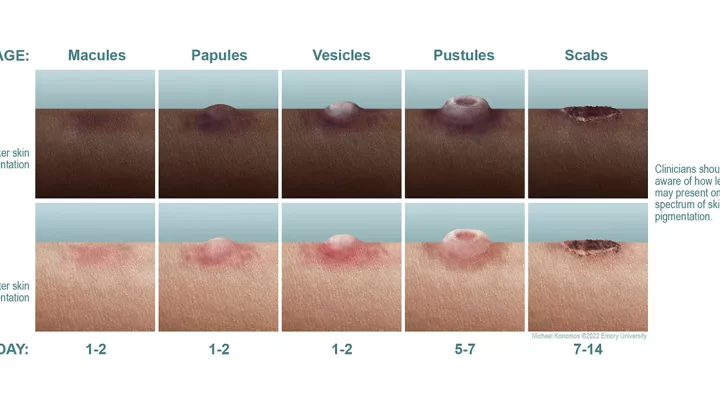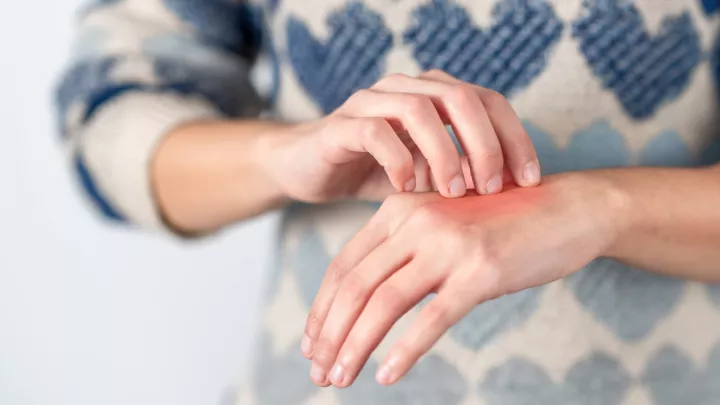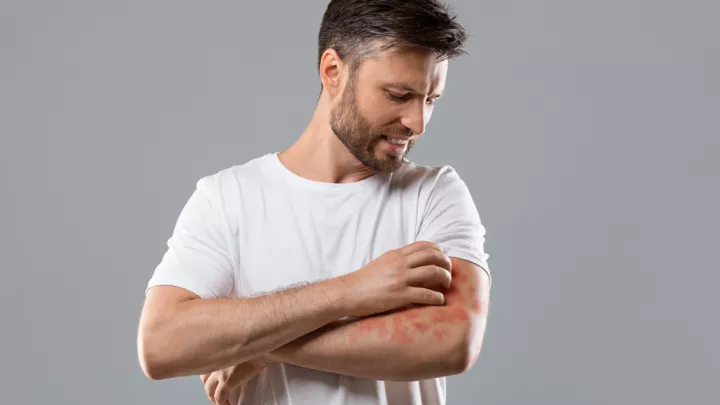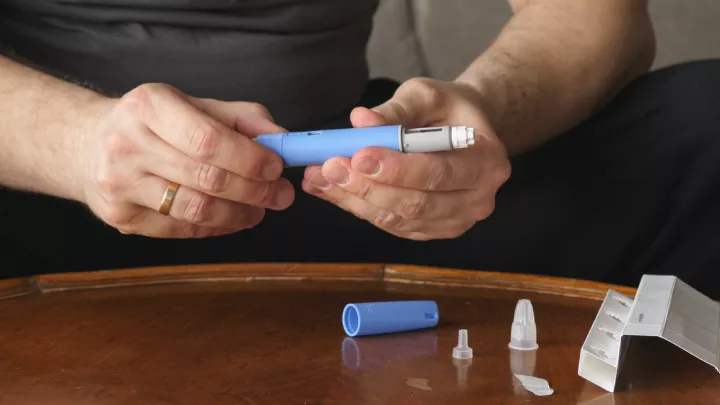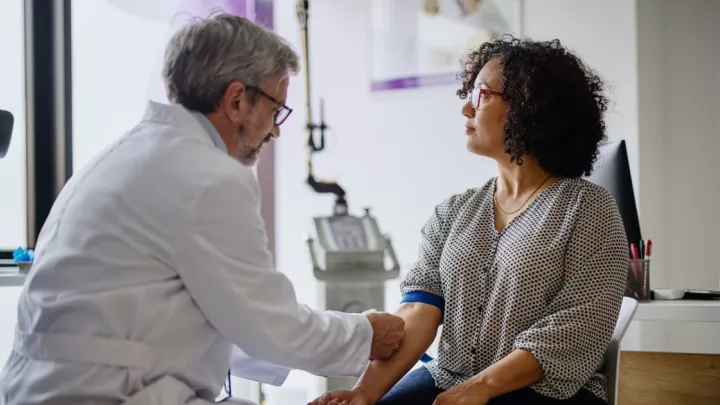What you need to know about leprosy on the rise in Florida
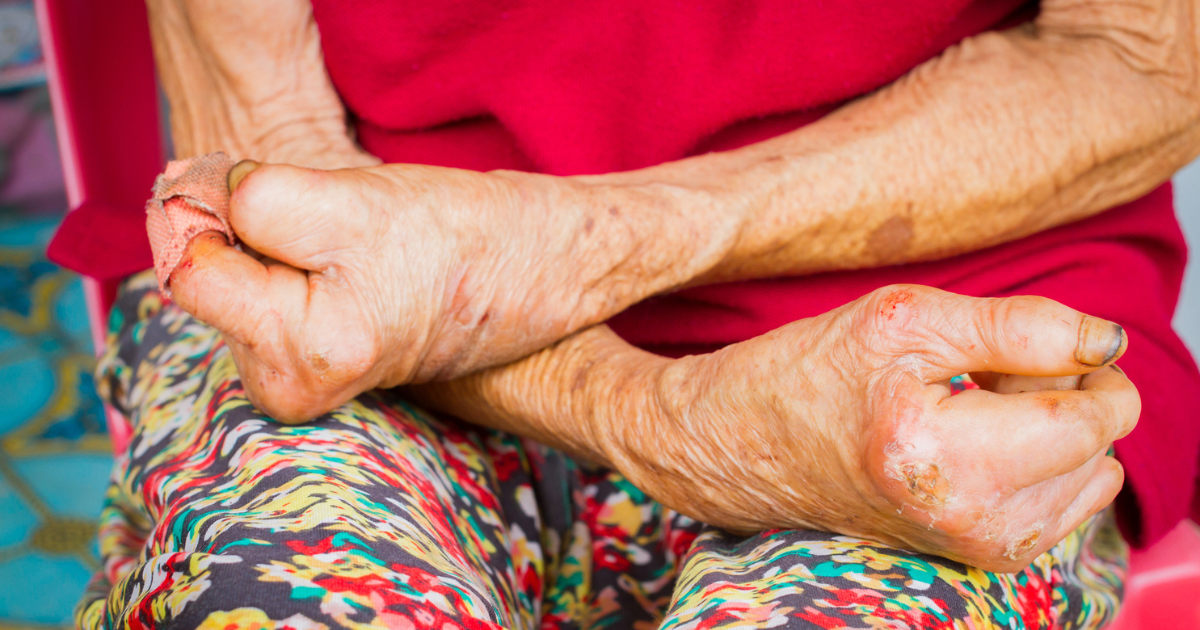
Hansen’s disease, also known as leprosy, is a chronic infectious disease that sounds biblical, like an ancient plague. Unfortunately, Hansen’s disease, while now curable, is still affecting people around the globe, including the United States. According to the World Health Organization, leprosy occurs in over 120 countries, with 200,000 new cases reported, including 100 new cases in the United States annually.
For Americans, Hansen’s disease is especially relevant in Florida, where health care professionals have reported 15 new cases in 2023. Moreover, using 2020 data, researchers found Central Florida accounted for approximately 81% of Hansen’s disease cases in the state and almost one-fifth of cases nationwide.
What is Hansen’s disease?
Hansen’s disease is a bacterial infection from the Mycobacterium leprae complex that can infect your skin and nerves. “Typically, Hansen’s disease affects small nerves in your body, like in your hands and feet,” says dermatologist Jennifer Adams, MD.
There are many types of leprosy, and health care professionals generally consider them on a spectrum, from those with a low concentration of bacteria to those with a high concentration of bacteria. Patients with a type of Hansen’s disease with a low concentration of bacteria typically have fewer skin lesions. Conversely, those with a high concentration of bacteria will have increased skin lesions and rash.
“In patients with a low concentration of bacteria, we tend to see light spots on the skin, a decreased number of lesions, and they tend not to have sensation in these spots,” says Dr. Adams. “On the other end of the spectrum, patients with a high concentration of bacteria are more likely to have large bumps on the skin, some facial changes, more loss of sensation in the arms and legs or painful sensations in the arms and legs.”
Symptoms of Hansen’s disease
In addition to the symptoms noted above, primary symptoms of Hansen’s disease can include:
- Lesions and/or red bumps
- Numbness
- Loss of sensation
- Specialized rashes
- Nerve changes
- Joint problems and pain
- High fever
How Hansen’s disease spreads
Although leprosy has existed for centuries, scientists and health care professionals still aren’t precisely sure how the bacteria spread. “It is likely that the majority of cases are spread through respiratory droplets, usually in close contact for a prolonged period with someone who has Hansen’s disease,” says Dr. Adams. But there are cases, especially some of those
reported in Central Florida, with no history of high-risk exposure or travel.
“There’s also a possibility of zoonotic exposure,” says Dr. Adams. “Animals, specifically the nine-banded armadillo, may transmit the bacteria.” The known habitat of nine-banded armadillos coincides with areas in the U.S. with reported leprosy cases, such as Florida, Texas, Louisiana and Arkansas.

Experts have found the armadillos in those regions carry a strain of Hansen’s disease. So, those who handle nine-banded armadillos or even the soil where they live risk exposure. “Still, because leprosy is such a slow-growing bacteria, it’s hard to study when an infection actually takes place,” says Dr. Adams.
How is Hansen’s disease diagnosed?
“There are very specific skin rashes or skin lesions that clue us into the fact that an infection may be Hansen’s disease,” says Dr. Adams. “If we see this rash or these lesions, we’ll take a biopsy from one of them, which will tell us if it’s leprosy.”
Treating Hansen’s disease
Your health care provider will treat Hansen’s disease with an antibiotic regimen, which typically includes several antibiotics simultaneously. “In the U.S., if you have a low concentration of bacteria, we give you those antibiotics for a full year,” says Dr. Adams.
While you're not contagious after the first few doses, you'll continue taking them for the entire year to ensure you've completely eradicated the bacteria. Conversely, if you have a high concentration of bacteria, your antibiotic regimen will last two years.
Traveling to areas with recorded cases of Hansen’s disease
Ultimately, you don't need to worry about contracting Hansen's disease, even if you're traveling to an area like Central Florida, where there are an excessive number of cases. "There's a very low likelihood, especially for someone just visiting, that they'll contract Hansen's disease," says Dr. Adams. This likelihood is especially low if you're not in rural areas with more significant armadillo populations.
“Leprosy is no longer a biblical disease that will haunt you for the rest of your life," says Dr. Adams. "It's simply a bacterial infection that we can treat with antibiotics. Additionally, it's not highly contagious, as it's a disease that approximately 95% of the U.S. population is immune to.”
“Today, the main issue with treating Hansen’s disease is that, because it’s so rare, patients are often either not diagnosed or misdiagnosed until they have a lot of changes from nerve damage,” says Dr. Adams.
So, if you contract Hansen's disease or think you have, you must seek treatment as quickly as possible to limit its effects on your nerves. Our team of board-certified dermatologists can diagnose and treat Hansen's disease and other similar issues.


